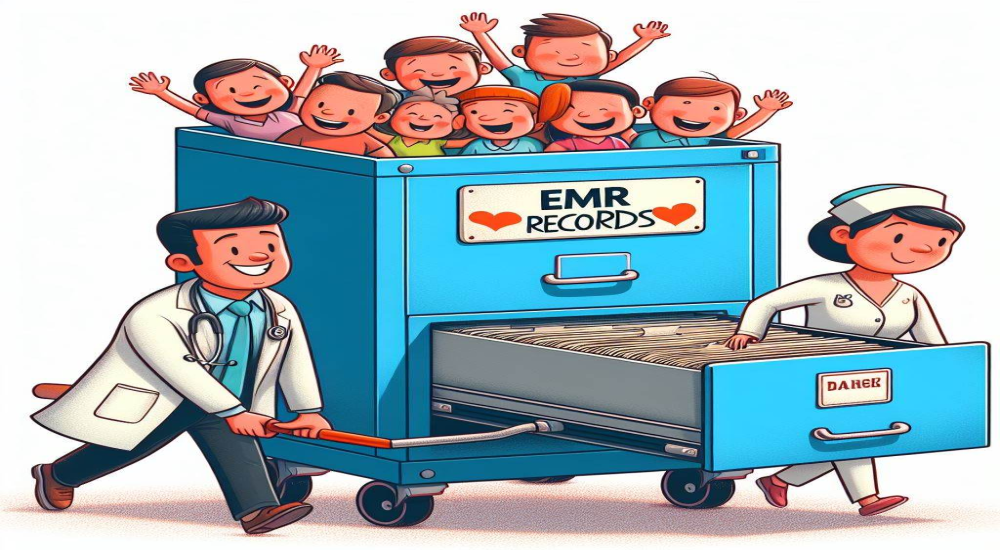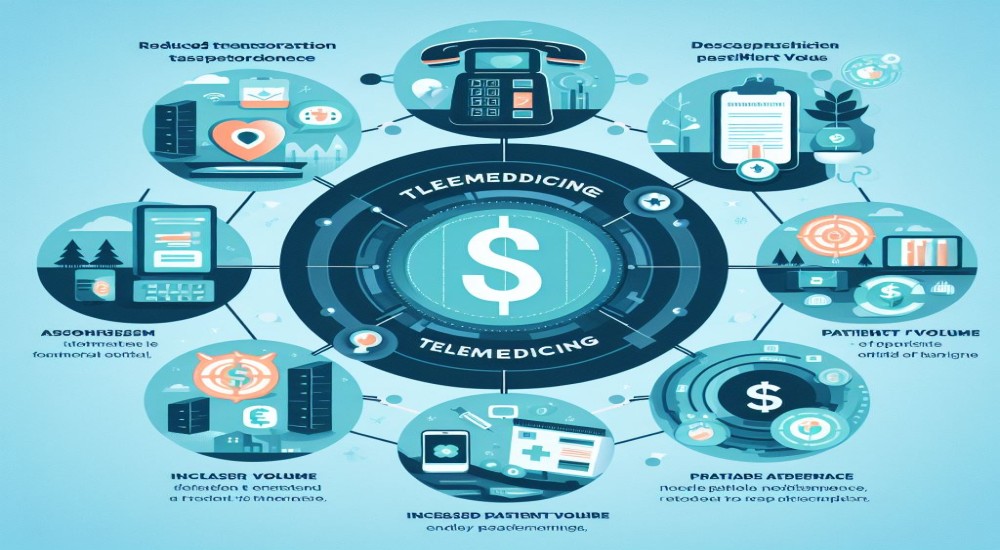Rx for Resilience: Empowering India's Healthcare Heroes
Introduction
The healthcare system in India is under immense strain, exacerbated by the COVID-19 pandemic, and frontline healthcare workers are bearing the brunt of this pressure. Burnout, characterized by emotional exhaustion, depersonalization, and a reduced sense of accomplishment, has become alarmingly prevalent among healthcare professionals in India. In this blog, we delve into the challenges faced by healthcare workers, examine the extent of burnout in the Indian healthcare sector, and explore how digitization measures, such as remote monitoring and telemedicine, can alleviate the burden on overworked medical professionals.
The Burnout Epidemic in Indian Healthcare:
Healthcare workers in India face numerous stressors, including long working hours, inadequate staffing, high patient loads, and limited resources. The COVID-19 pandemic has further strained an already stretched healthcare system, leading to unprecedented levels of burnout among frontline workers. According to a study published in the Indian Journal of Psychiatry, nearly 80% of healthcare professionals in India experience moderate to high levels of burnout, with factors such as heavy workload, lack of support, and exposure to traumatic events contributing to their distress.
Statistics on Healthcare Worker Burnout:
- A survey conducted by the Indian Medical Association (IMA) found that 45% of doctors in India experience burnout symptoms, with 72% reporting increased stress levels due to the pandemic.
- According to a report by the World Health Organization (WHO), India has one of the highest rates of burnout among healthcare workers globally, with nurses and frontline workers being particularly vulnerable.
- A study published in The Lancet Psychiatry revealed that over 60% of Indian healthcare workers reported symptoms of depression, anxiety, or stress during the COVID-19 pandemic.
Impact of Burnout on Doctors and Nurses:
While burnout affects healthcare workers across the board, its manifestations may differ between doctors and nurses:
Doctors:
- Doctors often experience burnout due to long working hours, high patient loads, administrative burdens, and the emotional toll of patient care.
- Burnout among doctors can lead to decreased job satisfaction, increased medical errors, impaired patient-provider relationships, and higher rates of attrition from the profession.
Nurses:
- Nurses face similar stressors, including heavy workloads, staffing shortages, and exposure to traumatic events, compounded by factors such as shift work and lack of autonomy.
- Burnout among nurses can result in compassion fatigue, decreased empathy, higher rates of absenteeism, and increased turnover, impacting patient care quality and nursing workforce retention.
The Role of Digitization in Alleviating Burnout:
Digitization measures, such as remote monitoring and telemedicine, have emerged as essential tools in addressing the challenges faced by healthcare workers and mitigating the impact of burnout. By leveraging technology to streamline workflows, improve efficiency, and enhance patient care, digitization offers a pathway to reducing the burden on overworked medical professionals.
Remote Monitoring:
Remote monitoring enables healthcare providers to remotely track patients' vital signs, symptoms, and health parameters in real-time, allowing for proactive interventions and early detection of deteriorating conditions. This technology is particularly valuable in managing chronic diseases, post-operative care, and monitoring patients in home-based settings. By reducing the need for frequent in-person visits and enabling timely interventions, remote monitoring helps alleviate the workload of healthcare professionals while ensuring continuous monitoring and support for patients.
Telemedicine:
Telemedicine platforms facilitate virtual consultations between patients and healthcare providers, enabling access to medical care from anywhere, at any time. Through telemedicine, healthcare workers can conduct remote consultations, provide medical advice, and monitor patients' progress without the constraints of physical distance or time. This not only enhances patient access to healthcare but also reduces the burden on healthcare facilities, minimizes waiting times, and optimizes resource allocation. Additionally, telemedicine allows healthcare professionals to prioritize their workload, allocate time more efficiently, and achieve a better work-life balance, thereby mitigating the risk of burnout.
Application of Digital Solutions Across Different Branches of Medicine:
Digital solutions such as remote monitoring and telemedicine can be applied across various branches of medicine to enhance patient care and support healthcare professionals.
- Primary Care: Remote monitoring and telemedicine enable primary care providers to deliver timely interventions, monitor chronic conditions, and provide preventive care, reducing the burden on outpatient clinics and emergency departments.
- Specialty Care: Telemedicine facilitates virtual consultations with specialists, enabling timely access to expert advice, reducing the need for referrals, and optimizing the management of complex medical conditions across specialties such as cardiology, neurology, and oncology.
- Mental Health: Telepsychiatry and virtual counseling platforms offer accessible and stigma-free avenues for mental health support, enabling psychiatrists, psychologists, and counselors to reach underserved populations, provide counseling services, and monitor patients' mental well-being remotely.
- Emergency Medicine: Remote monitoring technologies enable early detection of critical changes in patients' condition, facilitating timely interventions and reducing the risk of adverse outcomes in emergency settings such as intensive care units (ICUs) and emergency departments.
- Rural and Remote Healthcare: Telemedicine bridges geographical barriers, bringing specialized care to rural and remote communities where healthcare resources are limited, thereby improving access to healthcare services and reducing disparities in healthcare outcomes.
Conclusion:
The prevalence of burnout among healthcare workers in India is a pressing concern that demands urgent attention and action. By embracing digitization measures such as remote monitoring and telemedicine, the healthcare sector can alleviate the burden on overworked medical professionals, enhance patient care, and promote workforce well-being. As India continues to navigate the challenges of the COVID-19 pandemic and beyond, investing in digital health technologies and fostering a supportive work environment are essential steps toward building a resilient and sustainable healthcare system that prioritizes the health and well-being of both patients and healthcare workers.

















































